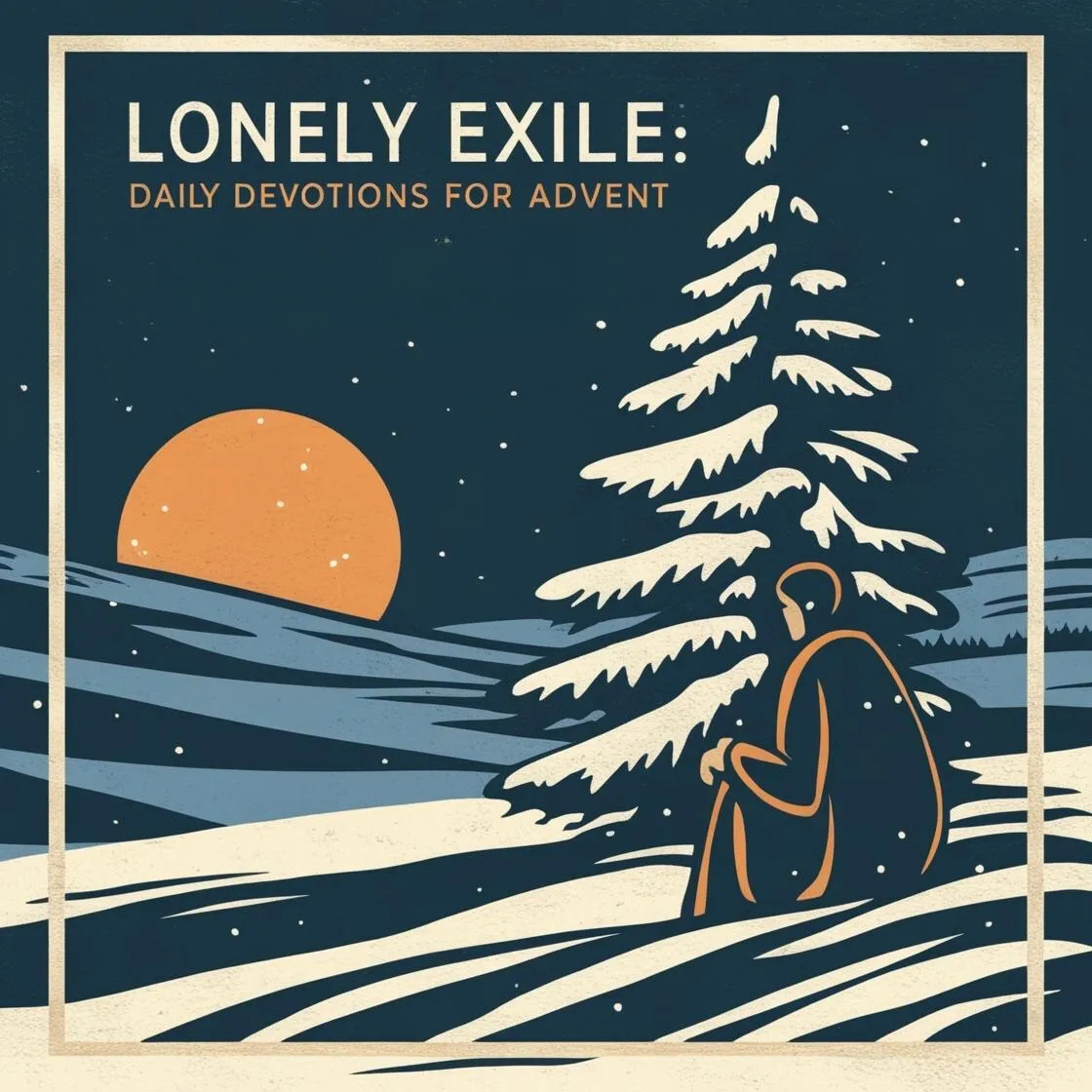Lonely Exile: A Daily Advent Devotional
Part Twenty: A Different Kind of David
A shoot shall come out from the stump of Jesse,
and a branch shall grow out of his roots. Isaiah 11:1, NRSVue
Read: Isaiah 11:1-9
The memory of David haunted Judah. That was especially, acutely felt after they returned home from the Exile in Babylon and were passed around from one empire to another for most of the next five hundred years. When would God fulfill Their promise to David, that there would always be one of his descendants on the throne of Judah?
Some two hundred years before the Exile happened the prophet Isaiah offered a gloomy picture of Jerusalem’s fate, but he also cast a hopeful vision of a people not forgotten.1 The image of doom was that of Judah, depicted as a majestic, tall tree, being chopped down by God in judgement. The following hope was that of new growth—a shoot emerging from the lopped off stump. God would reignite the Davidic line, but where David and his descendants had largely failed to uphold justice, this future David would act righteously on behalf of the poor. He would finally usher in the peace they so desperately longed for, both internally and externally.
In the Gospels, Jesus is associated with this image of a new, but different, David. In both Paul and the Gospels he is a “son of David,” descended from the line of David. He would not, however, use David’s methods. Instead, his way of being the rightful Davidic king would be to pursue justice through nonviolent peacemaking. It’s no wonder that his followers read texts like Isaiah 11 and applied them to their growing understanding of Jesus. For them experiencing Jesus made texts like this one come alive in new and transformative ways.
Christians, especially in America at this moment, are being asked to choose which image of Jesus we will embrace as normative and true. Will we follow the path of Christian Nationalism that prefers violent, forceful images of Jesus? That Jesus has little compassion for the poor, oppressed, or marginalized. Or will we embrace the Jesus who makes peace through justice? The one so filled with compassion that he fed the multitudes, healed the sick, and pulled the excluded and lonely close. This is one of the critical choices that we must make, one that will shape the future of Christianity (and perhaps the world) for better or worse.
Questions for Reflection:
What image or vision of Jesus do you find most compelling?
In context, Isaiah would have been referring to Assyria as an instrument of God’s judgement, and perhaps Josiah as the coming Davidic ruler. The power of this vision is that it could be, and was, adapted for other times as well.


